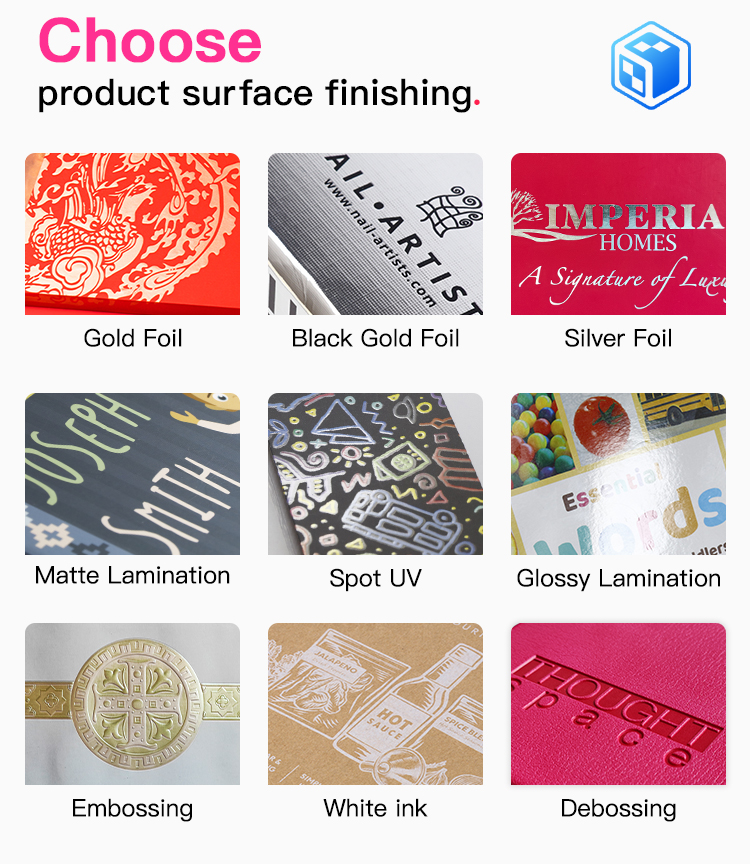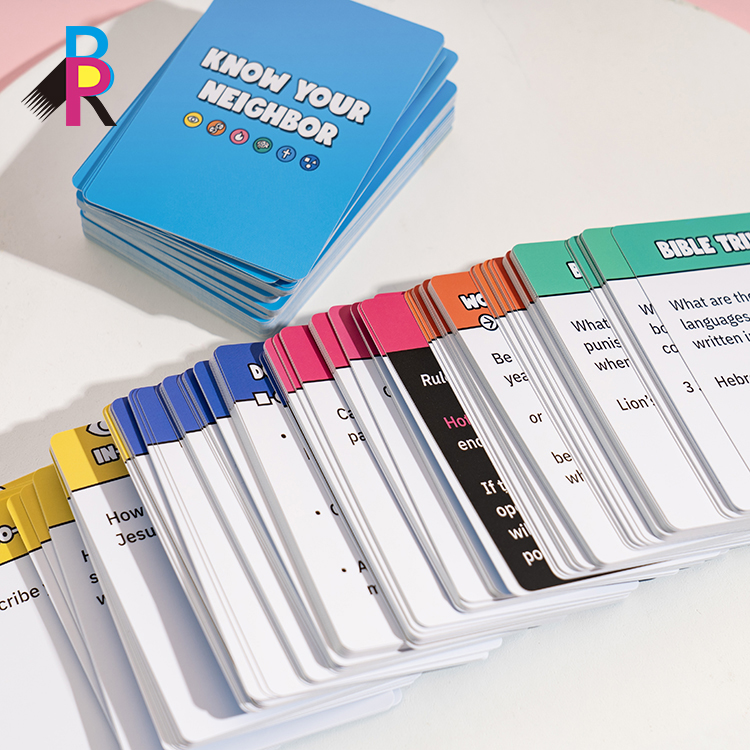
Custom playing cards are a unique and personalized way to add a personal touch to your card games or to create a memorable and impactful gift for someone special. In this section, we will provide you with an overview of the process involved in creating custom playing cards.
Part 1: Getting Started
1.Choosing the Theme and Design
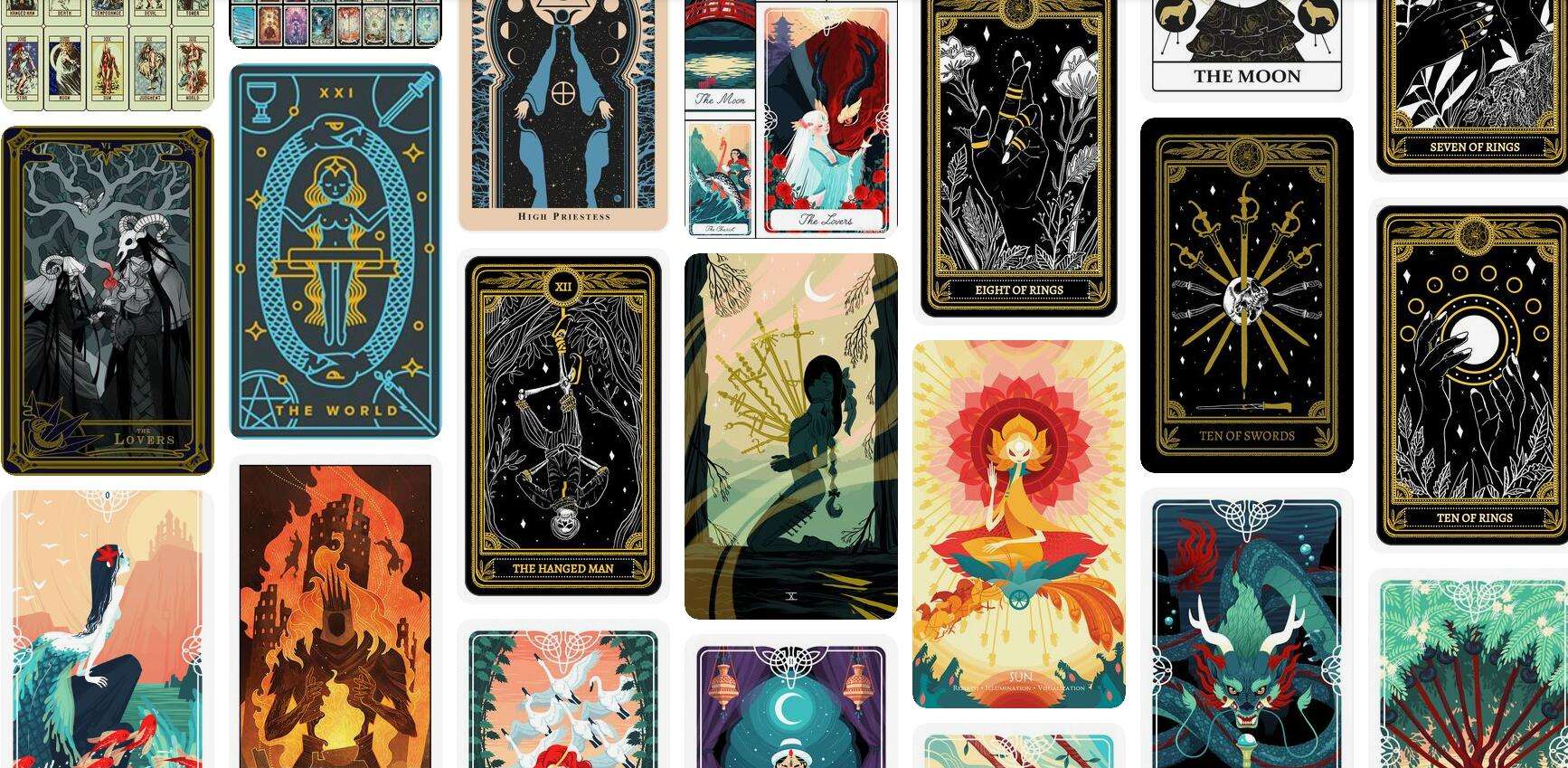
The first step in making custom playing cards is to decide on a theme and design that resonates with your interests and individuality. This is an exciting opportunity to unleash your creativity and create a deck of cards that reflects your personal style or aligns with a specific event or purpose. Consider the following factors when selecting your theme and design:
- Reflect your personality: Choose a theme that showcases your interests, hobbies, or passions. Whether you are a sports enthusiast, a nature lover, or a fan of a specific era or art style, incorporating elements that resonate with your personality will make the cards truly unique.
- Align with the purpose: Determine the purpose of the deck – Will it be used for a game night with friends, magic tricks, or as a promotional item for your business? Ensuring the theme and design align with the intended use will enhance the overall experience for yourself and others.
- Visual appeal: Opt for a design that is visually appealing and aesthetically pleasing. Select vibrant colors, captivating illustrations, or intricate patterns that will catch the eye and make your custom playing cards stand out.
2.Selecting the Right Cardstock and Finish

Once you have finalized the theme and design, it is crucial to choose the appropriate cardstock and finish for the cards. This choice will impact the durability, handling, and overall feel of your deck. Consider the following factors when selecting cardstock and finish:
- Cardstock thickness: Determine the preferred cardstock thickness based on your anticipated usage. Thicker cardstock is more durable and recommended for regular use, while thinner cardstock may be suitable for occasional or promotional purposes.
- Finish options: Decide on the desired finish for your custom playing cards. The two main options are matte and glossy finishes. Matte finishes offer a smooth, non-reflective surface that reduces glare, while glossy finishes provide a shiny, reflective appearance that enhances colors and artwork.
- Texture preference: Consider the texture you prefer. Some cardstock options offer a textured or embossed surface, providing additional grip for improved shuffling and handling.Texture preference: Consider the texture you prefer. Some cardstock options offer a textured or embossed surface, providing additional grip for improved shuffling and handling.
3.Gathering the Necessary Materials and Tools
To embark on your custom playing card project, you will need to gather the necessary materials and tools. The following items are essential for a successful endeavor:
- Cardstock: Purchase cardstock sheets in the desired thickness and quantity, ensuring they are compatible with your printer (if printing at home) or the printing service you plan to use.
- Design software:Utilize graphic design software, such as Adobe Photoshop or Illustrator, to create your custom card designs. Alternatively, you can explore online platforms or templates specifically designed for card customization.
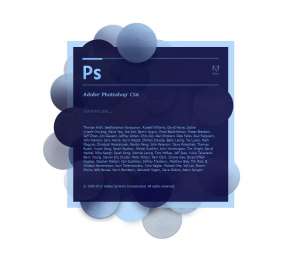
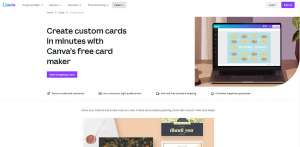
- Printer or printing service: If you choose to print the cards at home, ensure you have access to a high-quality printer capable of producing the desired print quality. Alternatively, research and select a professional printing service that specializes in custom playing cards.
- Cutting tools: Acquire a paper cutter or a pair of sharp scissors for accurately cutting your printed card designs to their appropriate size.
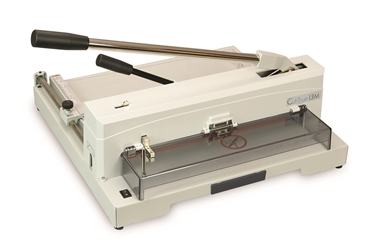
- Protective coating (optional): Consider applying a protective coating or a clear varnish to your cards to increase their durability and resistance to wear and tear.
Part 2: Designing the Cards
1.Creating a Concept for the Deck
This involves brainstorming and coming up with a unique theme or idea that will tie all the cards together. Think about what message or feeling you want to convey through your deck of cards. It can be inspired by a favorite hobby, a historical era, or even a whimsical concept like mythical creatures or outer space.
2.Designing the Front of the Cards
Consider using a graphic design software or drawing by hand to create the artwork for each card. Pay attention to details such as the font, colors, and overall layout to ensure the design is visually appealing and cohesive.
3.Designing the Back of the Cards
This is the side that is usually identical across all cards and serves as a recognizable pattern when the cards are fanned out. The back design can be a simple pattern or a more intricate illustration that complements the theme of your deck. Remember, the back design should be visually appealing but not distracting, as it’s meant to be consistent throughout the entire deck.
4.Adding Customization to the Pips and Indexes
Pips refer to the symbols that indicate the card’s rank, such as hearts or diamonds. Consider incorporating elements from your chosen theme into these symbols to make them unique and visually appealing. Indexes, on the other hand, refer to the numerical and letter values on the corners of the cards. Customize these elements by using unique fonts or adding thematic elements that tie back to your concept.
Part 3: Printing and Cutting
1.Printing the Cards
Be sure to choose a high-quality printing method that can deliver sharp and vibrant colors. There are several options available, such as offset printing, digital printing, and screen printing. Each method has its advantages and considerations, so take your time to select the one that best suits your needs and budget.
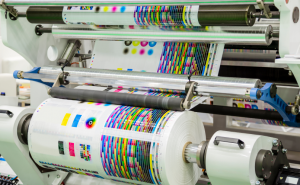
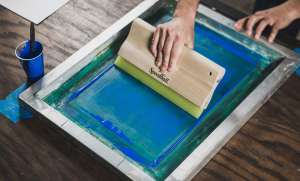
2.Choosing the Right Printing Method
Before proceeding with printing, carefully assess your requirements. If you need a small batch of cards with intricate details, digital printing might be the most cost-effective solution. On the other hand, if you are planning to produce a larger quantity and want a consistent result, offset printing could be the better choice. Screen printing is ideal for robust graphics and special effects like metallic or fluorescent ink.
3.Ensuring Proper Alignment and Color Accuracy
Ensure that all elements, including text and images, are properly aligned before sending the files to the printer. To achieve accurate colors, use high-resolution images and work in the CMYK color space. Additionally, consider requesting a printed proof from the printer to verify alignment and color representation before printing the entire batch.
4.Recommendations for Professional Printing Services
To achieve the best results possible, it is recommended to seek the assistance of professional printing services. They possess the expertise and equipment necessary to bring your custom playing cards to life with utmost precision and quality. Research and compare different printing services, considering factors such as pricing, turnaround time, customer reviews, and their ability to deliver accurate colors and alignment.
5.Cutting the Cards
Once the cards are printed, it is time to cut them into individual pieces. Use a cutting tool like a guillotine or a precision cutter to ensure clean and accurate cuts. Take measurements beforehand to determine the desired card size and consistency. Remember to exercise caution and maintain proper alignment while cutting to avoid any errors or inconsistencies.
Part 4: Finishing Touches
1.Applying a Protective Coating
After creating your custom playing cards, it’s important to apply a protective coating to ensure their longevity. A protective coating not only enhances the durability of the cards but also provides an added layer of resistance against moisture, dirt, and fading. There are various options available for protective coatings, including varnish and UV coating. Choose a coating method that best suits your preferences and budget.
2.Choosing a Lamination Method
Lamination is a process that adds a transparent layer to the playing cards, protecting them from wear and tear. There are two main lamination methods to consider: thermal lamination and cold lamination. Thermal lamination involves applying heat to bond the lamination film to the cards, while cold lamination uses pressure-sensitive adhesive that does not require heat. Consider your desired finish and the equipment available to you when selecting the most suitable lamination method.
3.Adding Specialty Elements (e.g., Foil, Embossing)
To create a truly unique and eye-catching deck of custom playing cards, consider adding specialty elements such as foil and embossing. Foil adds a metallic or reflective layer to specific parts of the cards, enhancing their visual appeal. Embossing, on the other hand, creates raised or recessed patterns on the cards, adding texture and depth. These elements can be applied to the card faces, backs, or even the tuck box to elevate the overall design and make your custom playing cards stand out.
4.Tuck Box Design and Printing
When designing the tuck box, consider the theme and style of your cards, as well as any additional information you want to include, such as a logo or a deck name. Once the design is finalized, you can proceed with printing the tuck boxes. Ensure that the printing quality matches the standard of your cards, and select an appropriate material for the tuck box that balances durability and aesthetics.
Part 5: Quality Control and Packaging
1.Inspecting the Cards for Imperfections
After the production of your custom playing cards, it is crucial to thoroughly inspect them for any imperfections.
- Design Quality: Examine each card to ensure that the printed design aligns precisely with your original vision. Pay close attention to details such as colors, borders, and any intricate artwork. Any discrepancies should be noted for further action.
- Card Material: Check the quality of the card stock to ensure durability and longevity. Verify that the cards have been cut evenly and that there are no rough or jagged edges. Cards with subpar material can greatly impact the overall user experience.
- Printing Errors: Inspect the playing cards for any printing errors such as smudges, blurred text or images, or offset prints. These imperfections can significantly affect the visual appeal and professionalism of your custom playing cards.
2.Dealing with Errors and Reprints
Despite the best quality control efforts, errors and discrepancies may still occur during the production process.Consider these steps when dealing with errors and reprints:
- Identify the Issue: Clearly identify the specific error or imperfection in the playing cards. Document the problem with photographs or written descriptions to facilitate communication with the manufacturer or supplier.
- Communicate with the Manufacturer: Reach out to the manufacturer or supplier and explain the issue in detail. Provide them with the necessary evidence to support your claim. Prompt communication is essential to ensure a quick resolution to any printing errors.
- Reprint or Refund: Depending on the severity of the error, you can discuss the options of either reprinting the affected cards or seeking a refund. Consider the impact on your project’s timeline and budget while making this decision.
3.Custom Packaging Options
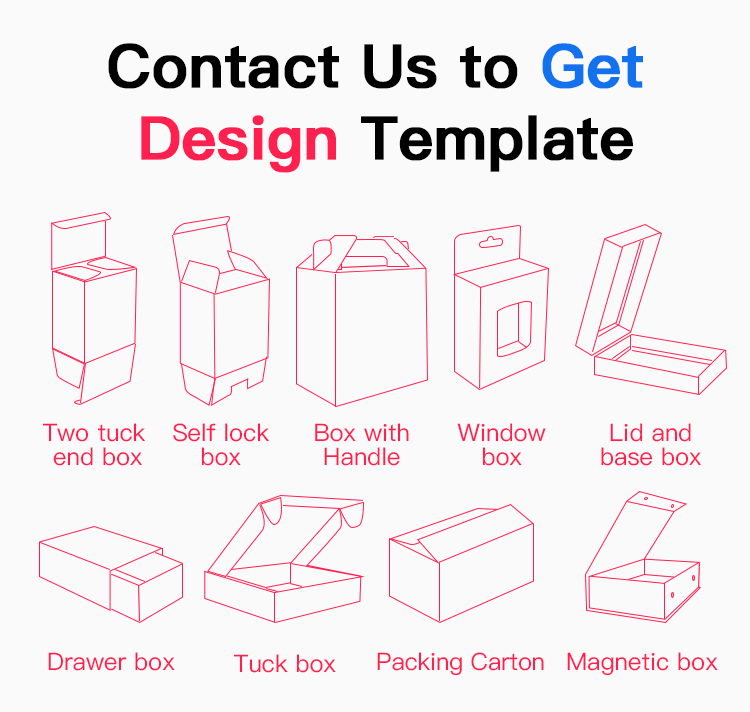 Customized packaging not only protects the cards but also enhances their overall presentation. Here are a few packaging options to consider:
Customized packaging not only protects the cards but also enhances their overall presentation. Here are a few packaging options to consider:
- Tuck Boxes: Tuck boxes are the traditional choice for playing card packaging. They are easy to produce and are available in various materials, finishes, and designs.
- Custom Cases: Custom cases offer an added touch of elegance and sophistication to your custom playing cards. These cases can be made from materials such as metal, wood, or leather and can be engraved or embossed with your desired design.
- Magnetic Closure Boxes: For a premium packaging option, magnetic closure boxes provide a convenient way to secure and store your playing cards. These boxes are often made from durable materials and offer a luxurious look and feel.
Remember, selecting the right packaging for your custom playing cards is an opportunity to make a lasting impression on your customers. Consider your brand image, target audience, and budget while deciding on the packaging option that aligns best with your overall vision.
Part 6: Going the Extra Mile
1.Extras to Enhance the Playing Experience
In addition to designing and printing your own custom playing cards, there are several extra elements you can consider to further enhance the playing experience. These extras not only add a unique touch to your deck but also contribute to a more enjoyable gameplay.
- Custom Rulebook: When creating your custom playing cards, you have the opportunity to include a personalized rulebook specific to your game. A custom rulebook eliminates any confusion or ambiguity by providing clear instructions on how to play your game. You can outline the game objectives, explain the rules and mechanics, and even include tips and strategies for players. By having a custom rulebook, you ensure that everyone understands the game exactly as you envisioned it.
- Scorecards: Another excellent addition to consider for your custom playing cards is personalized scorecards. Depending on the game you have designed, scorecards can be a valuable tool for keeping track of scores and determining the winner. Designing scorecards that match the theme and aesthetic of your deck creates a cohesive and immersive gaming experience for the players. You can include sections for player names, scores, rounds, and even a space for notes or additional game-specific information.
2.Customizing the Card Faces for Different Games
Customizing the card faces is another aspect to take into account when making custom playing cards. This customization allows you to tailor your deck to different games or variations. You can adjust the number and suit settings of the cards to suit the specific rules of various card games. For instance, if you’re designing a deck for Bridge, you can include the traditional four suits – spades, hearts, diamonds, and clubs – along with the corresponding numbers from Ace to King. Alternatively, for a game like Poker, you might want to include jokers or unique suits based on the theme.
Remember, by personalizing the card faces for different games, you ensure that your deck is versatile and can be used across multiple games. This flexibility allows you and your friends to enjoy a variety of card games without the need for multiple decks.
Part 7: Resources and Inspiration
1.Online Resources for Design Inspiration
Design is a crucial aspect of creating custom playing cards that are visually appealing and unique. Here are some platforms and websites that can be excellent sources of design inspiration for your custom playing card project:
- Pinterest: Pinterest is a visual discovery platform where you can explore and save ideas for various projects. It’s a treasure trove of inspiration, featuring countless design boards dedicated to playing cards. By searching for keywords like “custom playing cards” or “card deck design,” you can find an extensive collection of styles, themes, and artistic approaches that can be a great starting point for your own project.
- Behance: Behance is an online platform where artists and designers can showcase their portfolios. It’s an excellent resource for finding talented individuals who have already created remarkable playing card designs. Exploring different designers’ profiles can offer valuable insights into their creative processes and help you discover fresh ideas for your own card deck.
2.Finding Artists and Designers for Hire
While seeking inspiration from existing designs is a great starting point, you may also want to collaborate with a professional artist or designer to create a custom playing card deck that fully captures your vision. Here are a few ways you can find talented individuals for hire:
- Freelance platforms: Websites like Upwork, Fiverr, and Freelancer connect clients with a wide range of freelance designers. You can browse through their portfolios, read reviews from previous clients, and communicate directly with the candidates to discuss your project requirements.
- Social media: Platforms like Instagram, Twitter, and Facebook can be valuable sources for finding artists and designers who specialize in card deck customization. Many professionals use social media platforms to showcase their work, so exploring industry-related hashtags or following relevant accounts can help you identify potential collaborators.
Conclusion:
By following these steps, you can create a stylish and unique deck of custom playing cards that you can enjoy for years to come.
Unlock the potential of your brand with custom playing cards,Connect with us today for expert insights and tailored strategies to enhance your brand experience.
resource:pinterest paperfolder yanxiyan resourcelabel 92ny.org

